Your ear helps you hear sounds and keep your balance. It picks up noises around you and sends messages to your brain. The ear has three parts: outer, middle, and inner, which work together like a team to help you make sense of the sounds in your world.
[Scroll Down for Download Link]
Exploring the Function of the Human Ear – Science Book for Kids
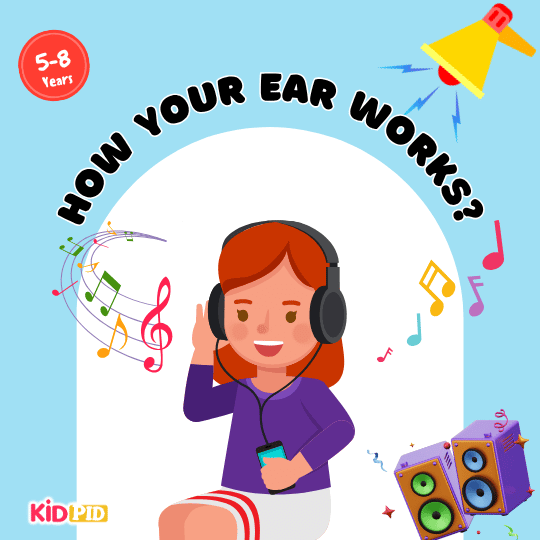
Read More: Why do my ears pop?

“Did you hear, guys? I think someone needs help, let’s follow the sound and find out”, said Riya

“No worries, little kitty, say thanks to my sharp ears. I’m glad I can still hear your meows, even with the loud music playing.”

Have you ever thought about how you can hear all the sounds around you? If not, don’t worry, I’m here to explain it to you.

The ability to accurately recognize sounds correctly is possible because of the auditory system, which includes your ears and brain.

The ears take sound energy and turn it into a neutral signal that the brain can understand.
This happens in three parts of the ear – the outer ear, middle ear, and inner ear.

The main concern is how it functions.
It all starts with sound waves hitting the outer ear, called the pinna, which acts like a funnel.

Sound enters the ear canal, travels toward the middle ear, and strikes the eardrum, which is a very delicate piece of tightly stretched skin.

The eardrum vibrates like a real drum. The sound causes a small chain of three bones, called ossicles, to move.

The sound goes through the anvil and moves the third ear bone called the stapes or stirrup.

The vibrations from the ossicles in the ear create ripples in the fluid of the cochlea, changing the sound vibrations into liquid vibrations.

The cochlea contains lots of tiny hairs.
When fluid moves in the cochlea, it causes these tiny hairs to move as well.
Which then sends signals to the brain via the auditory nerve.

The brain takes the signals and converts them into sound, so you can hear them.

Did you know that the word ‘cochlea’ comes from the Latin word for ‘snail’?

The cochlea has a curled-up shape that looks like a snail shell, so it makes sense that you thought of a snail when you saw it.

Not all animals with ears use them to hear; snakes use their jawbones.

Fish react to changes in pressure.
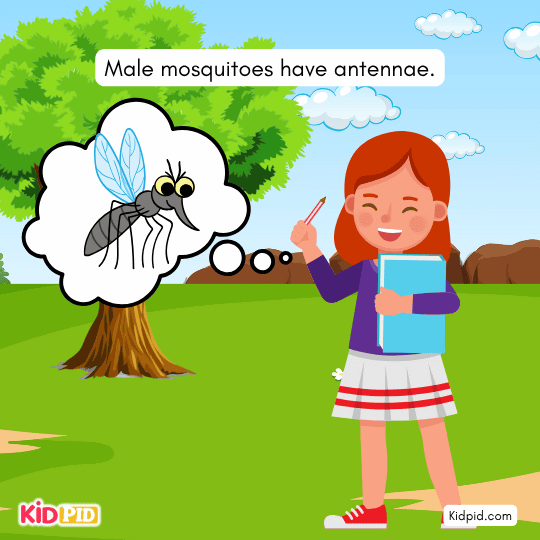
Male mosquitoes have antennae.

The ear is a powerful and complex organ that helps us hear and keep our balance. Its three main parts work together to collect sounds and send messages to the brain. Understanding how your ear works helps you take better care of it and appreciate the gift of hearing.
You may like this:
Paragraph on ‘How Do Our Ears Hear?’

This paragraph explains how our ears hear sounds using main parts like the ear drum, vibrations, and brain signals in simple language.
How do our ears hear sound?
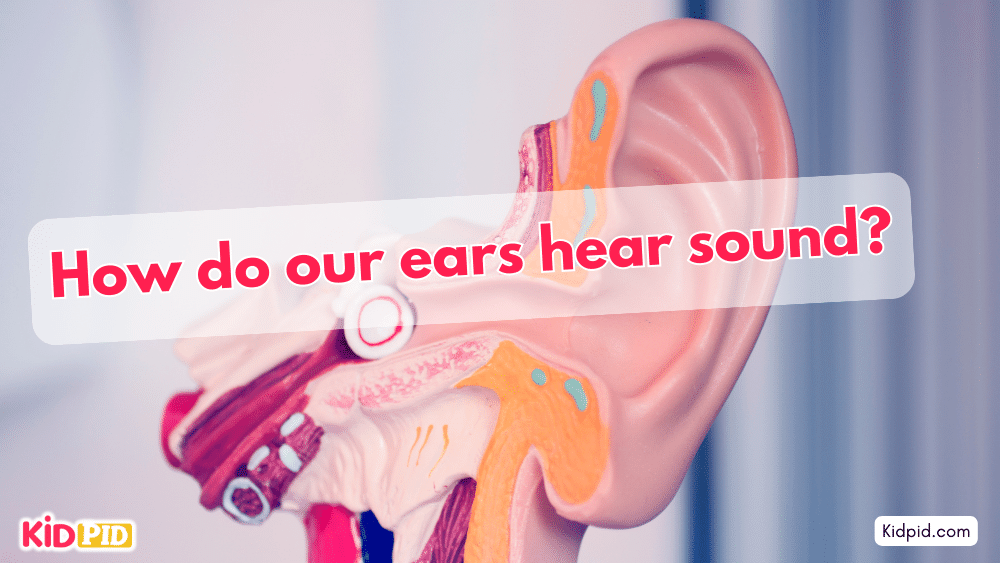
Learn how our ears hear sound through vibrations, ear parts, and brain signals in this simple explanation for kids.
How do bones help me hear?
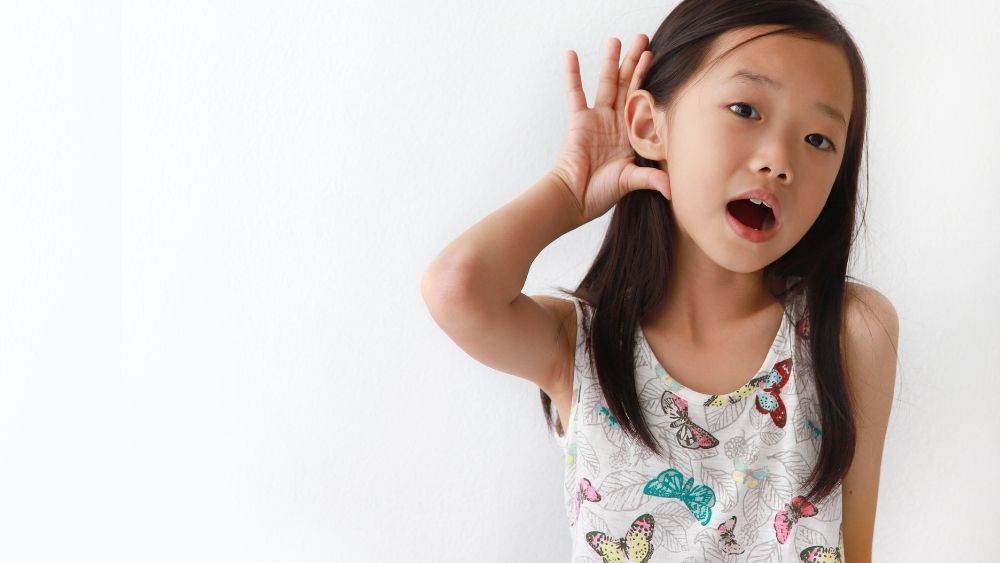
This article explains how bones inside our ears help us hear sound by carrying vibrations to the brain. Simple and educational!
Label the Parts of the Face Worksheet

This worksheet helps kids learn and label parts of the face with fun visuals. Great for early learning and vocabulary building.
Body Parts Flashcards
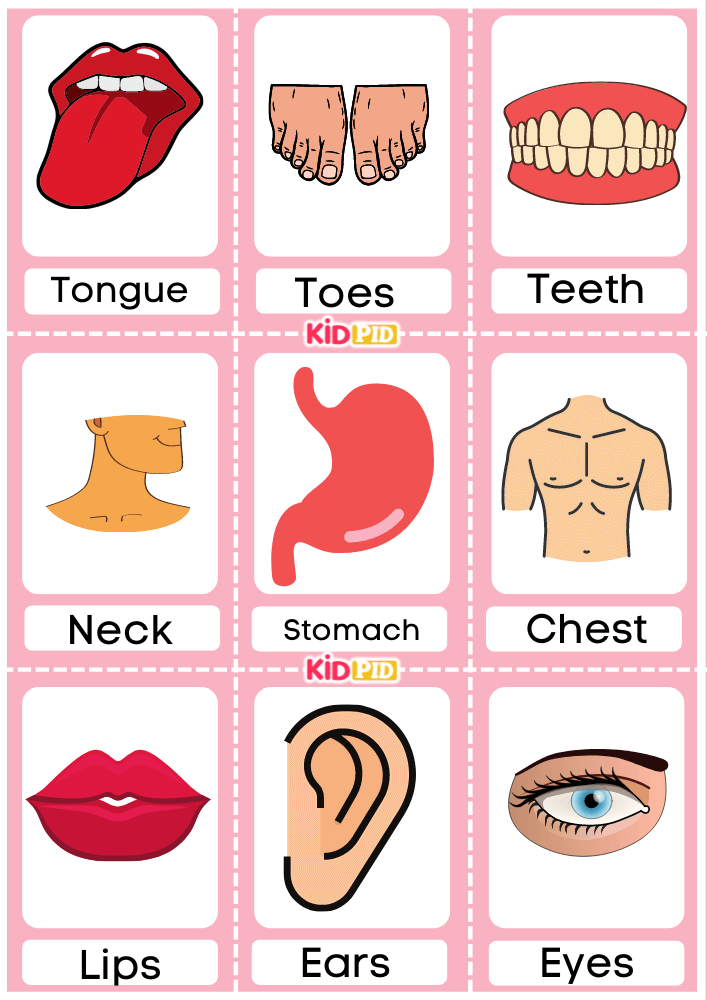
These body parts flashcards help kids learn and recognize different human body parts easily with colorful pictures and clear names.






